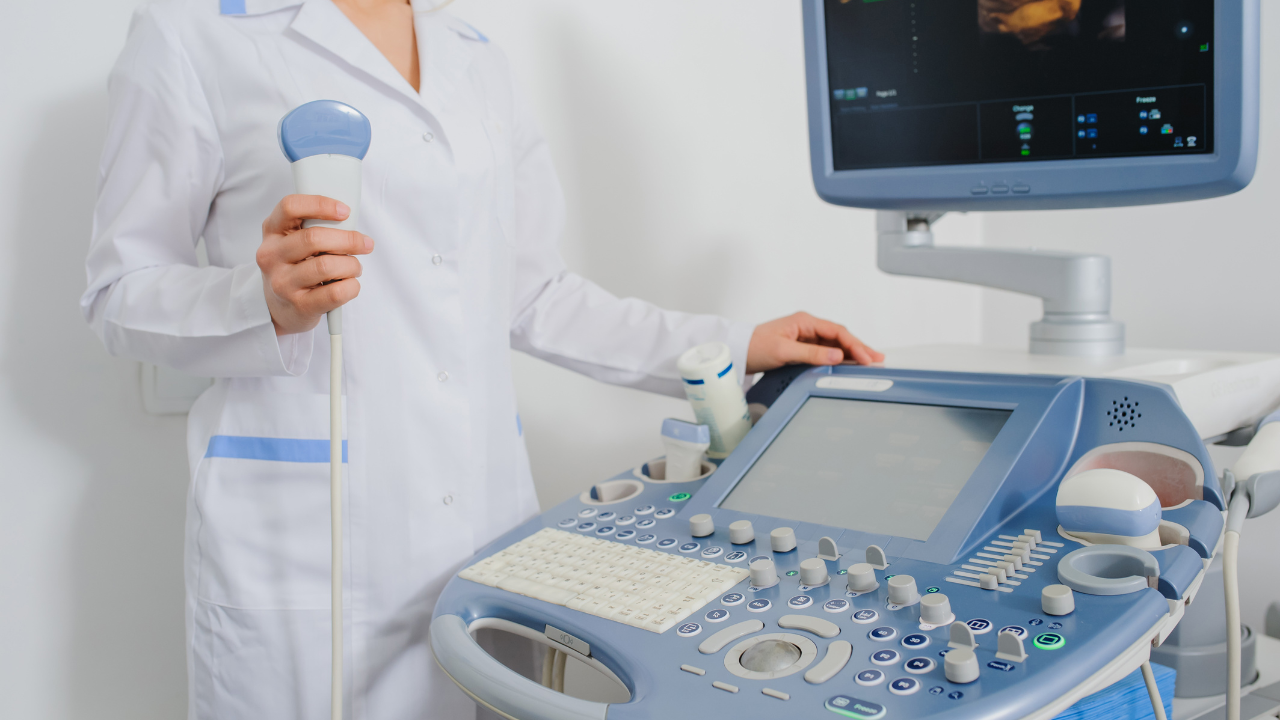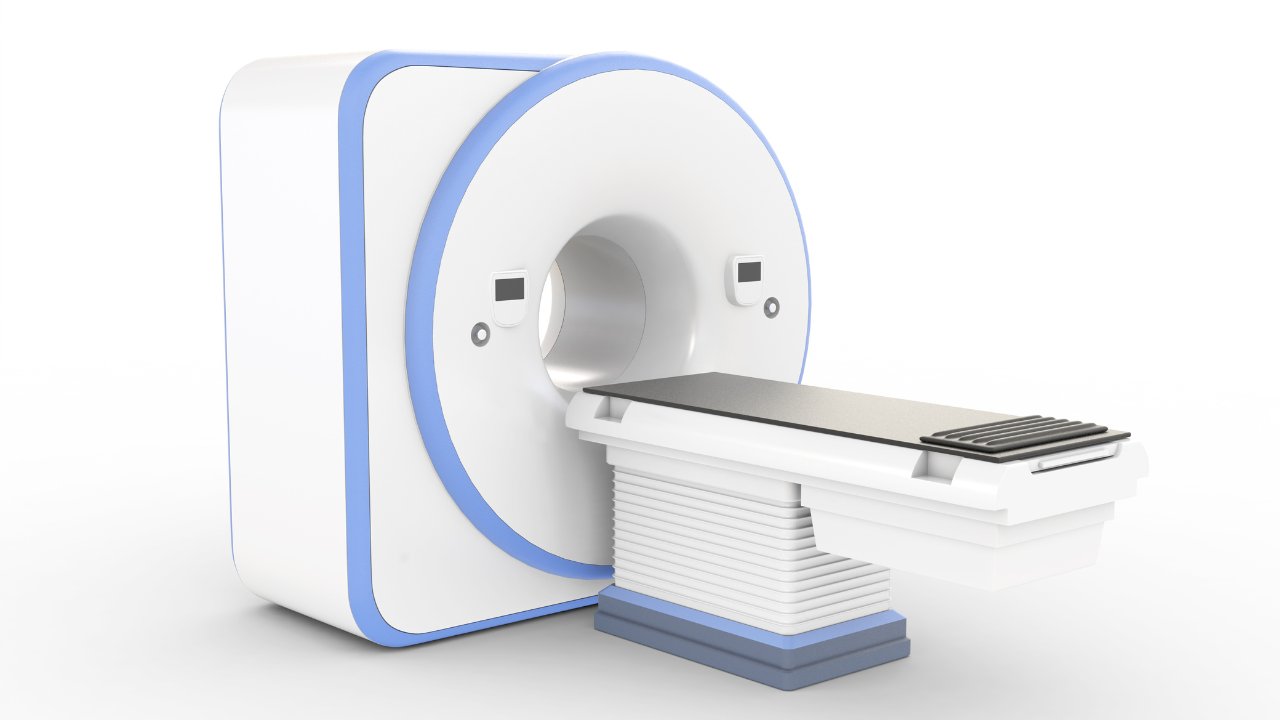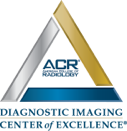Blog and News

To optimize a pediatric echocardiography experience, you'll want to focus on comfort and precision. Use pediatric-specific transducers and adjust equipment settings tailored for small anatomy to capture clearer, more detailed images. Ensure the environment is warm and engaging, incorporating soothing music and colorful decorations to ease anxiety. Explain the procedure to both the child and their parents to reduce fear and ensure cooperation. Comfort can be further enhanced by using soft cushions for support during the scan. With these adjustments, you create a more efficient and pleasant experience, paving the way for clearer results and a smoother process. There's much more to uncover about this topic.
Listen to the Article
Key Takeaways
- Utilize pediatric-specific transducers and adjust machine settings for optimal clarity and accuracy in imaging.
- Create a warm, child-friendly environment with colorful decorations and engaging activities to reduce anxiety.
- Involve parents in the process, informing them and using their assistance to comfort and stabilize the child.
- Train clinicians regularly on the latest pediatric echocardiography techniques and child communication strategies.
- Employ soft cushions for comfortable positioning and gentle handling during the procedure to ensure clear imaging.
Adjusting Equipment for Pediatrics
Adjusting the echocardiography equipment to suit the unique needs of pediatric patients ensures more accurate diagnoses and enhances comfort during the procedure. As a healthcare provider, you're tasked with not only understanding the complexities of heart conditions in children but also ensuring the technology you use is perfectly attuned to their smaller anatomies. Pediatric transducers, which are smaller and specifically designed for children's bodies, are essential. These specialized devices provide clearer images, crucial for detailed assessments while being less intimidating to your young patients.
Moreover, employing software settings that are customized for pediatric use is another vital step. This includes adjusting the echocardiogram's penetration and frequency settings to capture the best possible images without compromising the child's comfort. By modifying these parameters, you're able to obtain deeper insights into a variety of cardiac conditions, from congenital heart defects to infections that can affect cardiac function.
It's your responsibility to stay updated on the latest advancements in pediatric echocardiography technology. Regular training sessions and workshops can immensely benefit your practice, ensuring that you're equipped with the knowledge and skills to effectively use these specialized tools. This commitment not only improves diagnostic accuracy but also builds trust with the families you serve, reassuring them that their child is receiving the best possible care.
Child Positioning and Comfort
Ensuring a child is comfortably positioned during echocardiography not only facilitates better imaging but also significantly reduces their anxiety and discomfort. You'll find that taking the time to adjust the child's position can make a substantial difference in the quality of the session. Begin by ensuring a warm, welcoming environment in the examination room. A cold or stark setting can increase a child's unease, so maintaining a comfortable room temperature and using soft lighting can help soothe them.
When positioning the child, use soft, supportive cushions and consider allowing a parent or guardian to hold them if possible. This not only comforts the child but also stabilizes them, aiding in clearer imaging. For older children, explain the process in terms they can understand and encourage them to participate in finding a comfortable position. Let them know they can adjust if they start to feel uncomfortable.
Always remain aware of the child's emotional state. A calm, relaxed child is more likely to stay still, which is crucial for acquiring accurate echocardiographic data. Engage them with gentle conversation or allow them to listen to soothing music. These small steps will greatly enhance the overall success of the procedure.
Techniques for Small Anatomy
While child positioning is key for comfort, mastering techniques for small anatomy is equally important for obtaining precise echocardiographic results. Pediatric echocardiography presents unique challenges due to the smaller size and delicate nature of a child's heart. You'll need to be both gentle and precise to ensure accurate imaging without causing discomfort.
Here are three critical techniques to enhance your practice:
- Use Appropriate Probe Sizes: Smaller, pediatric-specific probes are essential. They provide better access and more detailed images of tiny cardiac structures. Ensure you're familiar with the different probe options and when to use each.
- Optimize Image Settings: Adjust your machine settings for pediatric use. This includes higher frequency transducers which offer finer resolution ideal for small anatomy. Don't hesitate to tweak the settings during the session to capture the best possible images.
- Practice Gentle Handling: The way you handle the probe can make a significant difference. Use light pressure and be attentive to the child's reactions. Their comfort should guide the amount of pressure you apply, helping to prevent any distress while also ensuring the clarity of the echocardiogram.
Mastering these techniques not only improves the quality of diagnostic data but also ensures a more positive experience for your young patients.
Parental Involvement and Support
Involving parents in the echocardiography process can significantly ease a child's anxiety and enhance the overall effectiveness of the examination. When you include parents, they serve not only as familiar comforting presences but also as invaluable sources of information about the child's health and behavior patterns. This knowledge can help you tailor the approach to meet the unique needs of each child, ensuring a smoother and more accurate diagnostic process.
You should encourage parents to explain the procedure in simple, reassuring terms before the visit. This preps the child for what to expect and helps reduce fear of the unknown. During the echocardiography, allow parents to hold their child's hand or maintain physical contact if it seems to comfort the child without interfering with the procedure.
Moreover, it's beneficial to guide parents on how they can assist during the examination, such as distracting the child with stories or songs, which can make the environment seem less clinical and more relaxed. Always remain open to any questions the parents might have; this not only alleviates their concerns but also fosters a collaborative atmosphere. Remember, your goal is to support both the child and their parents through this experience, making it as positive and stress-free as possible.
Creating a Child-Friendly Environment
To create a child-friendly environment, consider decorating the examination room with vibrant, engaging motifs that resonate with young imaginations. Choosing themes from popular children's stories or soothing natural landscapes can transform a clinical space into a welcoming haven that reduces anxiety and encourages cooperation. The colors, textures, and characters aren't merely decorative; they serve as familiar touchpoints in an unfamiliar setting.
When designing this environment, it's essential to focus on several key elements:
- Visual Stimulation: Include colorful wall decals or posters. These visuals should be at eye level for your young patients, making the room interesting and less intimidating.
- Auditory Comfort: Play gentle, soothing background music or have a selection of storybooks on hand that can be read aloud. This auditory layer helps distract from the clinical noises and fosters a calming atmosphere.
- Interactive Elements: Provide age-appropriate toys or digital tablets with games and educational content related to health. These tools engage children actively and make waiting times pass more quickly.
Conclusion
Just like Mary Poppins turning chores into games, optimizing a pediatric echocardiography can transform an intimidating procedure into a comforting adventure for both the child and you, the clinician.
By tailoring equipment, ensuring comfort, and involving parents, you create a sanctuary rather than a sterile space.
Remember, each adjustment not only soothes their young heart but also enhances the precision of your diagnosis.
In this shared space, your expertise meets their imagination, making every heartbeat a story of care and wonder.






